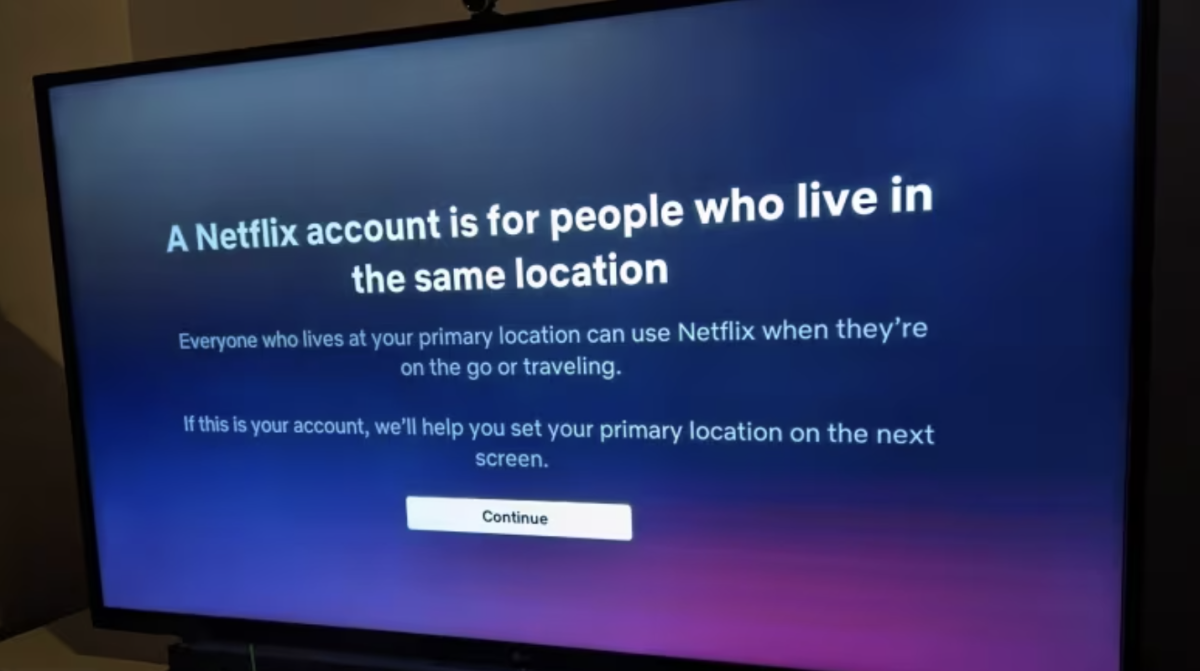By Lisa Nault
Staff writer
A Thanksgiving play, a small boy with autism, and a teacher—how the internet persecuted a person without all of the facts.

Over Thanksgiving break a video was published from a mom’s recording of her son’s school play. In the video, her son goes to speak into the microphone, a teacher takes it away before he gets a chance, and he starts to cry. That sounds terrible and to a degree it is.
However, when the video spreads across the internet people were furious. They demanded the teacher to be fired, insulted her body, and told her she should kill herself. They wanted punishment even though punishment is actually not the answer, education is.
First, internet users need to educate themselves on taking information at face value (a concept you would have thought people would have learned after the revelation of fake Facebook news). The viral video that spread was only thirty seconds long: it showed the boy excited to speak into the mic and the teacher taking it away. In those thirty seconds, the situation looked a certain way, but that was not the full video.
The twelve-minute-long video shows the majority of the play and reveals some significant information about the context of the microphone grab. The boy had been going back and forth to the microphone several times and the teachers had been calling his name off-stage to try to stop him. When he went up for the last time at the end of the show the teacher thought to handle the situation by removing the mic before he said something.
The longer video reveals that the teachers did not actually know what he was going to say. His mother stated in the video that he just wanted to say “gobble gobble,” but the fact of the matter was he was not supposed to say anything; he had no more lines. He might have said “gobble gobble” or he might have said something completely different.
Did the teacher handle the situation correctly? No, but the internet did not have to villainize her as it did. The short-attention span of internet users could not manage to watch a twelve-minute video that had the context of the action and that is why the teacher was harassed.
The reaction to this event should not have been spewing words of malice but instead be the beginning of a discussion about autism and the educational profession. Clearly, the teacher did not know how to react to a boy with autism and made a failed attempt at handling the situation. We should be having a conversation about properly training teachers on how to interact with and attend to the needs of children with autism. Educating teachers on techniques that could prevent situations like these would be more beneficial than punishing one teacher.
We should be looking at this event as a learning experience for everyone. Teachers need to be taught how to properly interact with children who have autism. They must learn methods, and skills that can alleviate a situation without creating more problems. They must learn that the boy has feelings and that an action like taking away his chance to speak can be hurtful.
Internet users need to learn to not be so quick to judge when they are presented with content. People saw the short video and with only that bit of information they condemned her actions, declared her guilty, and brought their punishment down upon her.
Next time, stop and think for a minute that maybe what you are seeing is not the whole story. Be skeptical. Be researchers and examine more sources to see if there is a side to a story that is not being heard. Be better than this.
























